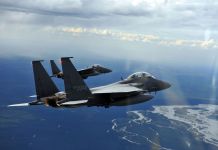As the Indian Navy continues to bolster its submarine fleet, two distinguished Navy veterans recount their experiences with India’s first nuclear submarine, INS Chakra.
Addressing the press on the eve of 50th Navy Day, on December 3, Indian Navy chief Admiral R. Hari Kumar said, “Modernization of our submarine arm is underway. We have commissioned four of the six boats of the indigenous Scorpene-class submarines. This year, we commissioned the third boat, Karanj in March and the fourth boat, Vela in November. The fifth boat Vagir has also been launched.”
The EurAsian Times spoke to two distinguished veterans from the Indian Navy’s silent arm, who recounted their journey in the elite service including their time onboard INS Chakra.
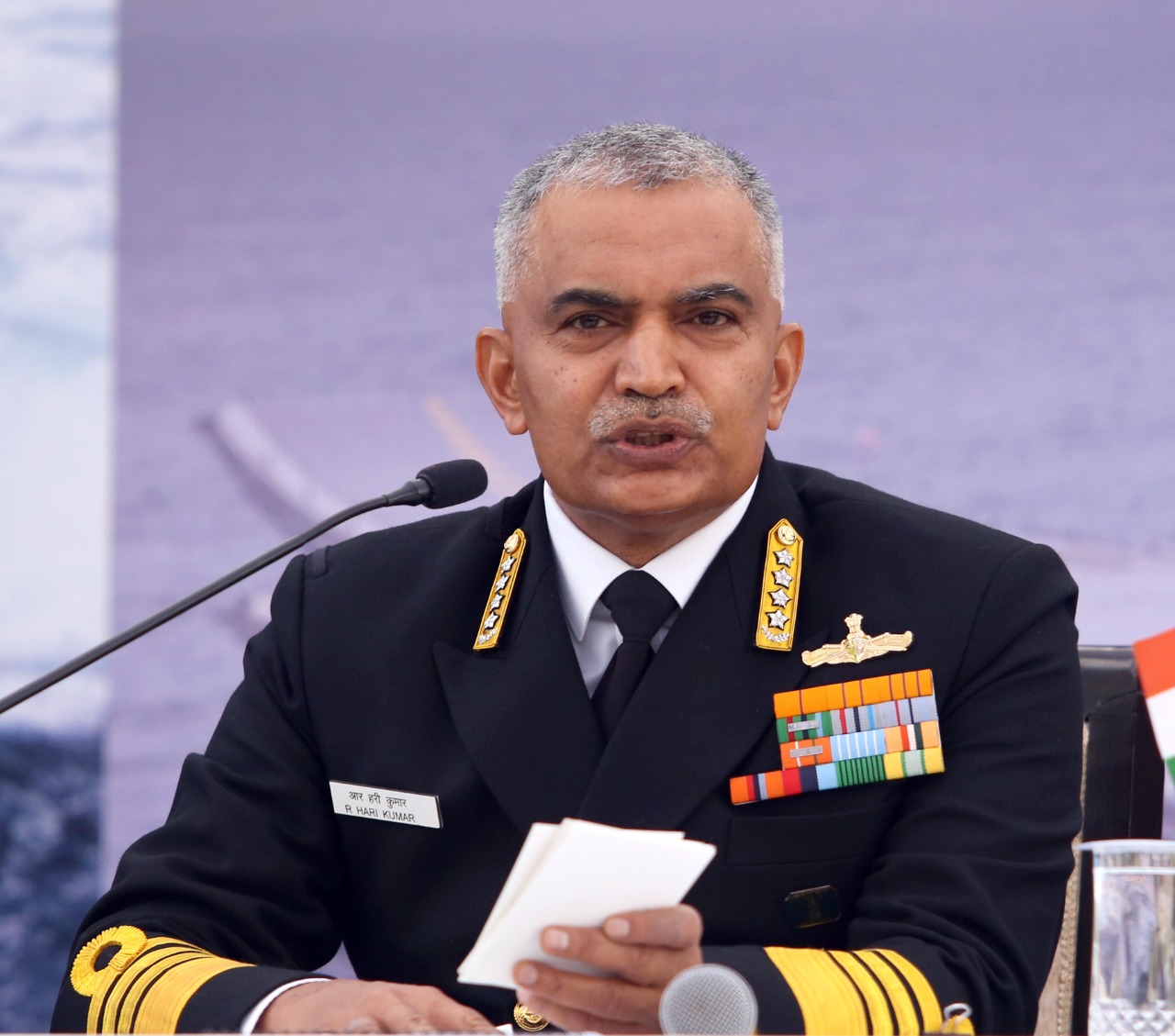
INS Chakra was taken on lease during the end of the Cold War. The Indian Navy had received a Charlie-class nuclear cruise missile submarine for a decade from the erstwhile Soviet Union after signing an agreement in July 1987. This was the first time a nation had leased out a nuclear submarine.
A Soviet Account
Soviet submariner Alexander Ivavovich Terenov, who served as the Commanding Officer of the SSGN K-43 penned down his experiences while onboard INS Chakra in his book, Under three flags – The Saga of the submarine Cruiser K-43/Chakra. He chronicled “many incidents of submarine malfunction”.
The outboard pipes and equipment corroded fast due to the high air temperature, humidity, and salinity. The main suction line was not renewed during the last refit in the Soviet Union which caused flooding and fire. A major emergency at sea was experienced and it took months to repair the submarine.
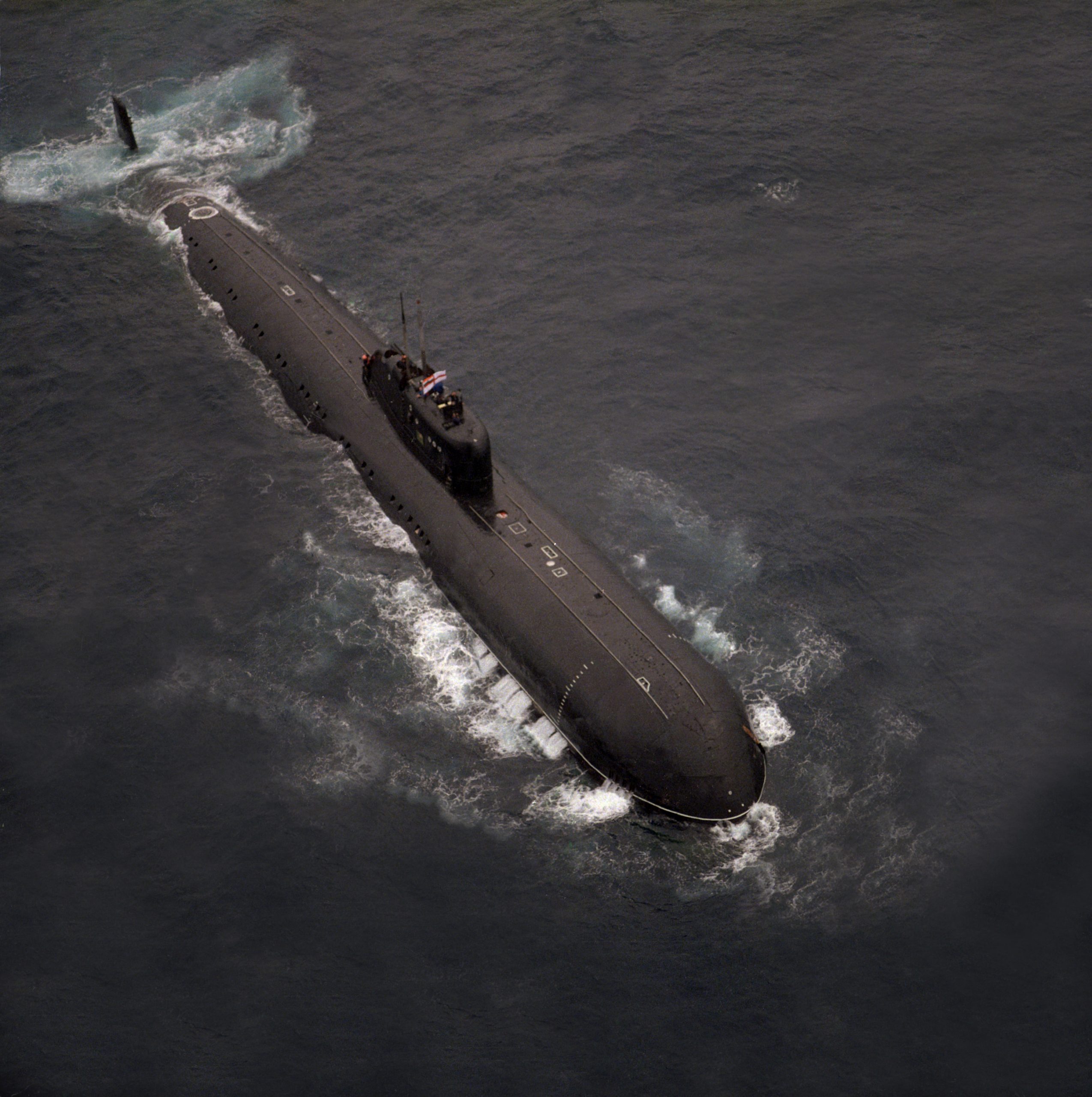
“Other issues included poor documentation, false data, and poor discipline in the supply of spares from the Soviet Union. In one instance, the Indian Navy refused to take supplies of the batteries due to their poor condition. The batteries had to be set right in India itself,” Terenov noted.
Terenov was summoned to Moscow in 1990, at the end of the third year of the lease and was told to let Indians know that the lease would not be extended. On December 17, the submarine set sail and reached Vladivostok on January 5.
Once in Russia, the submarine was sent to Kamchatka for decommissioning. “During its operational life, the submarine had traveled 72,000 miles, the main power plant had operated for 430 days, fired five missiles and 42 torpedoes,” said Joseph P Chacko, author of Foxtrot to Arihant: The Story of Indian Navy’s Submarine Arm’.
INS Chakra: ‘The Pioneer & Her Men’
Commodore Arun Kumar, NM (Retd), author of S71 INS Chakra – The Pioneer and her Men had an eventful naval career even before his appointment onboard INS Chakra.
A series of courses and demonstrations of professional acumen led the Indian Navy to consider him as the right person for the top-secret assignment. This included his appointment as Navigating Officer onboard the erstwhile INS Vela laid the foundation for his journey with INS Chakra.
Commodore Kumar recounted his journey: “This offered me a great opportunity to navigate the boat from Bombay to Vladivostok (VV) where she was to undergo a medium refit for two years. However, I returned soon after docking her in VV. After that, I served on the Staff of Capt SM 9 in Bombay till Sep 81 and on Staff of Capt SM8 at Visakhapatnam till Aug 1982, whence I was selected for the training for nuclear submarine training at VV for 30 months from Oct 1983-Apr 1986.
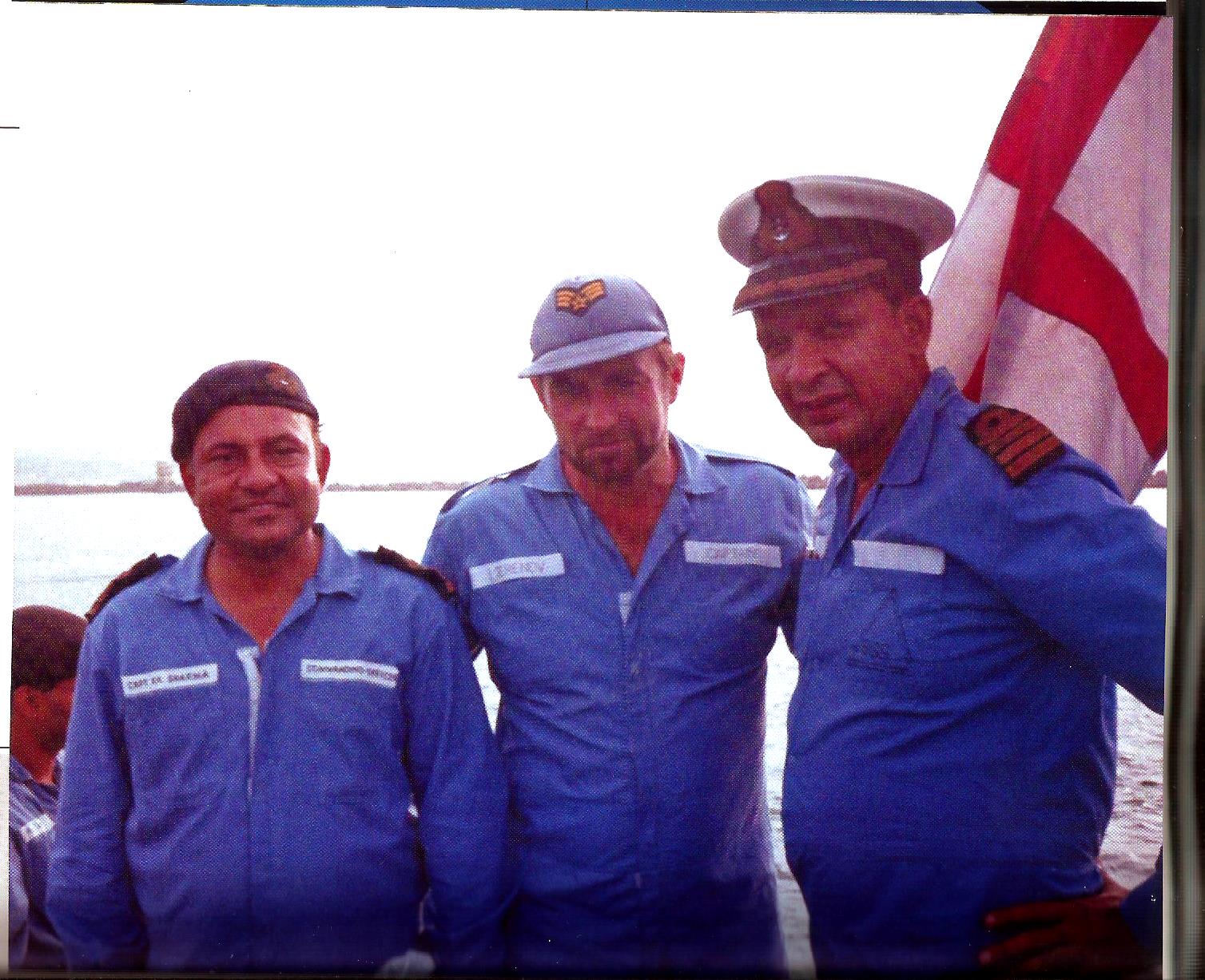
“The training in Vladivostok, I dare say, was of the highest standards. It was all in the Russian language which posed a greater challenge as we learned complex disciplines such as nuclear physics, nuclear reaction and the hardware associated with the reactor and propulsion systems, radiation safety and waste management apart from command and control of operating a cruise missile capable nuclear-powered submarine (SSGN) in the Russian language.
“I was part of the command team as the First Lieutenant (In the rank of Lt. Cdr). The training was intense and comprised 18 months of language (4) and specialist courses (14) and 12 months of sea training. On successful completion, I returned to India in April 1986.
“The time available on return enabled me to finish my mandatory sea time as an XO [Executive Officer] of a submarine on INS Vagli from May 1986 to April 1987, when I was attached to INS Virbahu awaiting departure to Vladivostok for commissioning the first nuclear submarine of the Indian Navy.
“I was to be the First LT and the Operations Officer of the boat. In the meantime, in June 1987, I got promoted to the rank of Cdr. I utilized the time at Virbahu to write down the Standing Orders and Standard Operating Procedures for the nuclear submarine, a subject new to us.
“The Commissioning crew left for Vladivostok on 7 August 1987. After refresher training and practical operations both at sea and in harbor, we commissioned the submarine named INS Chakra on 5 Jan 1988, on a three-year lease to the Indian Navy. It was truly a historic occasion, and I was privileged and honored to be part of it.
“After a maiden passage of 18 days, the submarine arrived at Vizag on 3 Feb 1988 and was received by Mr. Rajiv Gandhi, then Prime Minister of India.
It was once again an honor befitting the occasion. The Indian Navy had graduated from operating conventional subs to a nuclear-powered one in just 20 years since the inception of the submarine arm in December 1967, a feat unparalleled.
“After the first operating cycle in 1988, I was deputed for my Submarine Commanding Officer’s Qualifying Course, which I completed in December 1988, standing first in merit, and was awarded the coveted CNS trophy for the same. For the next 18 months, I was in command of a Kilo Class boat INS Sindhuraj and joined Chakra again in June 1990 as the XO or the second in command.
“The third operational cycle was probably the most effective in terms of time spent at sea. In Dec 1990, orders were received to head back for VV to return the boat on completion of the lease on 4 Jan 1991. We set sail from Vizag on 15 Dec 1990 and arrived at VV in the forenoon of 4 Jan 1991.
The boat was decommissioned on January 5, 1991, and handed back to the Soviet Navy. His experience onboard INS Chakra helped him cement a flourishing career in the Indian Navy, holding some of the organization’s most coveted appointments.
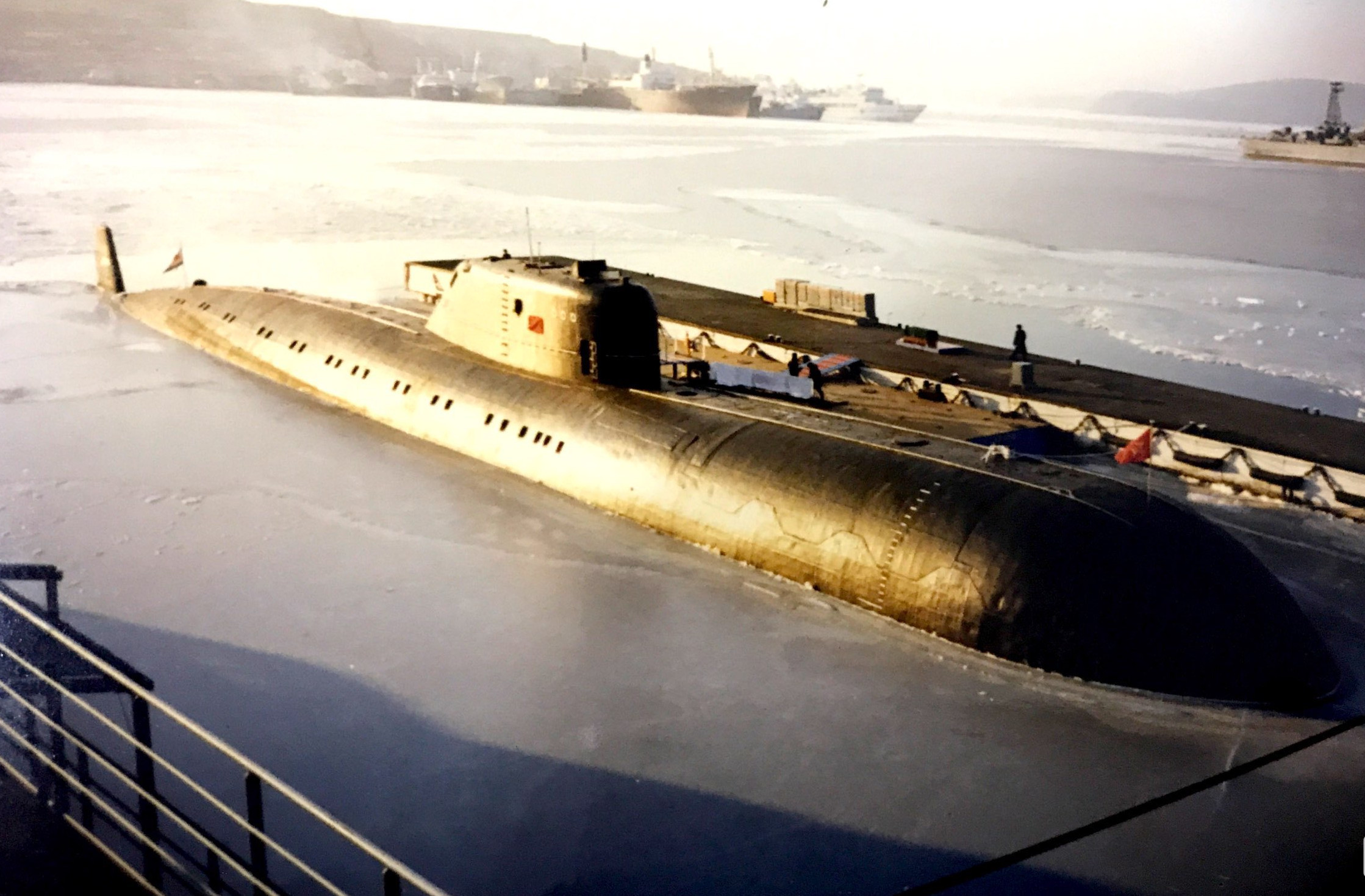
Commodore Randhir Singh (Retd) who served as the First Lieutenant of the training crew recounted his experience onboard INS Chakra: “To have been chosen for India’s first Nuclear submarine was precious enough! From 1983 to 1986, we went through a rare learning and grueling phase. I was privileged to have been trained by the pioneers in the field of nuclear propulsion and submarining. Russia handpicked each professor who taught us. We were indeed fortunate to have learned from such stalwarts. They would fly down from Moscow, just for one lecture!
“So, in the distant land of Vladivostok, we had to keep everything under tight wraps. Being a highly classified project, all activities and communications were restricted or monitored. Nonetheless, the shore and sea training went well, and our Russian instructors were proud of us at the end,” Cmde. Singh concluded before signing off.
The Covert Nature Of Training
Chacko described the highly sensitive nature of INS Chakra’s crew training and operations: “The training imparted to the Indian Navy personnel on the nuclear submarine was thorough. A secret library was made available to the Indian Navy personnel where they could only take notes and return the book to the shelf before leaving.
“The naval personnel gathered as much information as possible as they knew the books cannot be referred after the training was over. During the practical training, the operations of the nuclear submarine were progressively handed over to the Indian crew till the entire running of the submarine was done by an all Indian Navy crew and the Soviets naval personnel as observers.
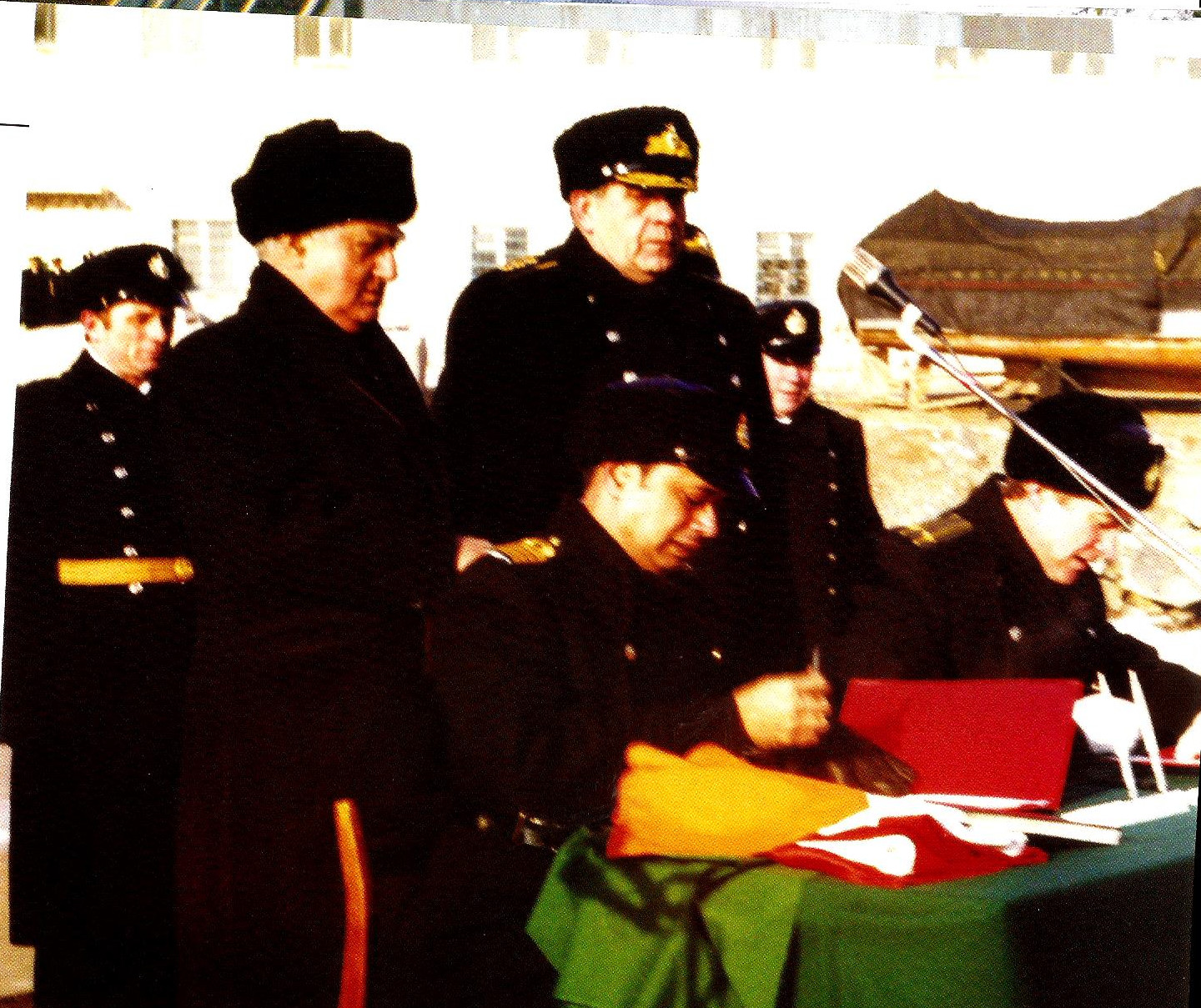
“There was a time gap of many months between the training and the actual handover of the boat. The Indian crew had to be given a refresher course before the handing over. The trust was such that the Soviets handed over the complete control of the nuclear submarine to the Indian Naval personnel after the refresher course.
“The confidence among the Indian navy personnel was so high that the submarine sailed from Vladivostok to Visakhapatnam, about 10,300 km, operated and commanded by the Indian crew. The Russians, who were called the specialists, had no role during the operations of INS Chakra while in the Indian navy service,” the naval historian concluded before signing off.
- The author can be reached at aritrareporter@gmail.com
- Follow EurAsian Times on Google News


